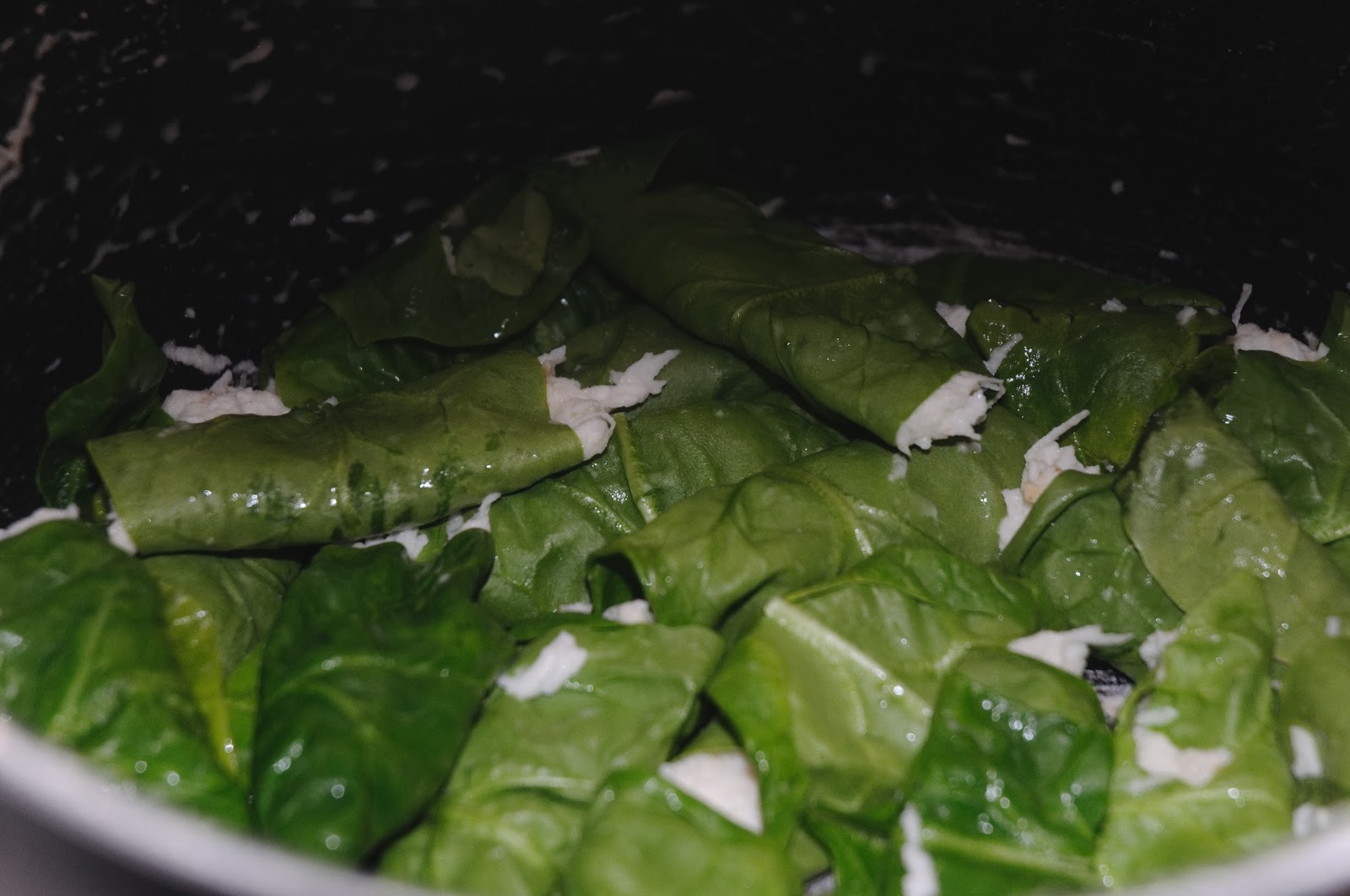Mangoes are the juicy, flavoured fruits of an evergreen tree called “MANGIFERA INDICA”.
They are members of the cashew family.
Botanically, mangoes are drupes! Classified as mangifera indica, they belong to the botanical family of anacadiaceae. Although members of the cashew family, mangoes basically are native to Asian counties like Burma and India.
Even now world countries in Asia, Africa and America cultivate and enjoy mangoes. Of course, Nigeria is richly endowed in mango production. This is because family farming in Nigeria has made it possible for virtually the 36 States of the federation to have different types of mangoes.
They are made of what we call “STONE FRUITS” and these stones are present in other fruits like cherry, pear and peach.
According to an internet report, mangoes originated over 5,000 years ago from the Hindo-Berma region, which extends from eastern India and southern Asia.
Mango seeds reportedly traveled from Asia to the Middle East, East Africa and South America, all these were round 300 or 400 AD.
It is pertinent to note that over 500 different mango varieties are grown and sold throughout the world!
The history of mango cultivation can be traced back to the nineteenth century. Evidently, Persians took mangoes to East Africa, the tenth century and then the Portuguese brought it to West Africa in the sixteenth century.
Reports say the government of Southern Nigeria received mango cultivars from the Botanical Gardens of Jamaica in 1898. These mango species were then planted in the Botanical Gardens of old Calabar and spread to other regions in Nigeria. Cultivation of these fruits were easy because of the favorable climate in Nigeria.
It is great to know that Nigeria is in the Top 10 mango producing countries.
In 2006 and 2011, Nigeria ranked 8th and 9th respectively in the world. It is the pride of the country to be the only African country ranked among the top 10 countries.
NUTRITIONAL BENEFITS OF MANGOES
Medical practitioners of health specialists always emphasize consumption of fruits and vegetables as part of daily meals. This is not only because it is necessary for a balanced diet but majorly because of it minimizes the risk of ugly health conditions.
The succulent mangoes which are one of these recommended fruits should be incorporated in our diet as it offers numerous health benefits.
- This drupes aid in building strong, healthy bones in the body. \
- They contain vitamin K which are essential for adequate bone development.
- Lack of this vitamin in the body increases the tendency of bone fracture.
- Families should therefore increase their consumption of these fruits.
- These fast soluble vitamin are important for improving calcium absorption.
- Growing children most especially require these fruit for proper bone formation.
- Eating mangoes limit the possibility of developing asthma! How? Asthma is a long-term respiratory condition, in which the airways may suddenly narrow, often in response to cold air, exercise, or emotional stress. However, the presence of certain nutrients in the body reduces the risk of this condition. One of these nutrients is “BETA-CAROTENE” which is highly present in mangoes. So, taking one mango or two mangoes will do your respiratory tract a great deal by enabling easy passage of air thereby reducing the chances of having asthma.
- Studies have revealed that people with type 1 diabetes who consume high-fiber diets have lower blood glucose levels; and people with type 2 diabetes may have improved blood sugar, lipids and insulin levels. Interestingly, one cup of mango provides about 3 gran of fiber.
- Mangoes have low sugar levels and contain no calories.
- This fruit is useful to diabetic patients who want to ensure that their diet is healthy and devoid of excess sugar. Mangoes will do the job!
- For people who want and love having succulent smooth skin, as well as nice hair texture, mangoes are perfect for them – they are great for skin because they contain vitamin A, a nutrient required for sebum production.
- The presence of vitamin A in the body enables the secretion of sebum and this keeps the hair moisturized.
- Vitamin A is also necessary for all body tissue growth, including skin and hair. Dead skin cells are removed and new ones are produced giving the body a sweet look.
- Mangoes also contain vitamin C which is needed for the building and maintenance of collagen which provides proper hair and skin structure.
- Mangoes are rich in beta-carotene and these play a protective role against prostate cancer.
- Research studies have been conducted and it has been discovered that the mango fruit has some impacts on all cancers by food scientists.
- It is more effective for breast and colon cancers. The regular intake of this fruit helps to keep cells in shape as well as protect the body against the spread of this deadly illness to an extent.
- The juicy fruits have both fiber and water content. This plays a key role in the prevention of constipation as well as the promotion of a healthy digestive tract.
- Eating a lot of mangoes softens the faecal matters in the body thereby enabling easy excretion.
- Mangoes aid the digestive system in the completion of the excretion process.
Mangoes are in season…go for them!
There are different types of mangoes. Apart from the popular cherry mangoes, other species are equally succulent and tasty. It, however, depends on one’s taste. Equally available are the red, yellow, green, german, kerosene mangoes and many others.
In Lagos State and some part of the South Western States, the likes of cherry mangoes are very common, while german and kerosene mangoes are very much available in the South East, South South and many parts of North Nigeria amongst others!
compiled by Sylvia Okonkwo! a 400 level Economics student of University of Lagos!



























































